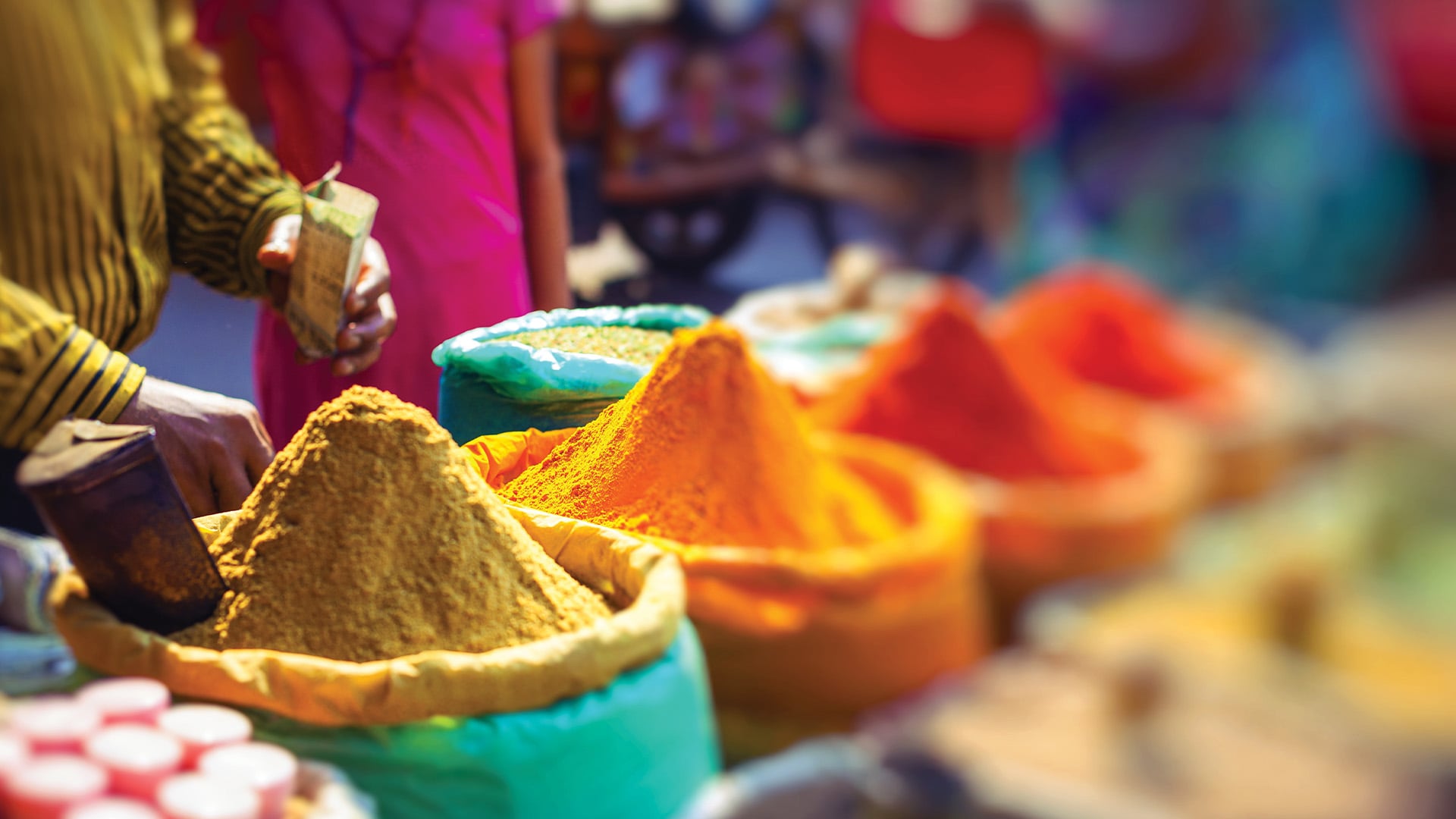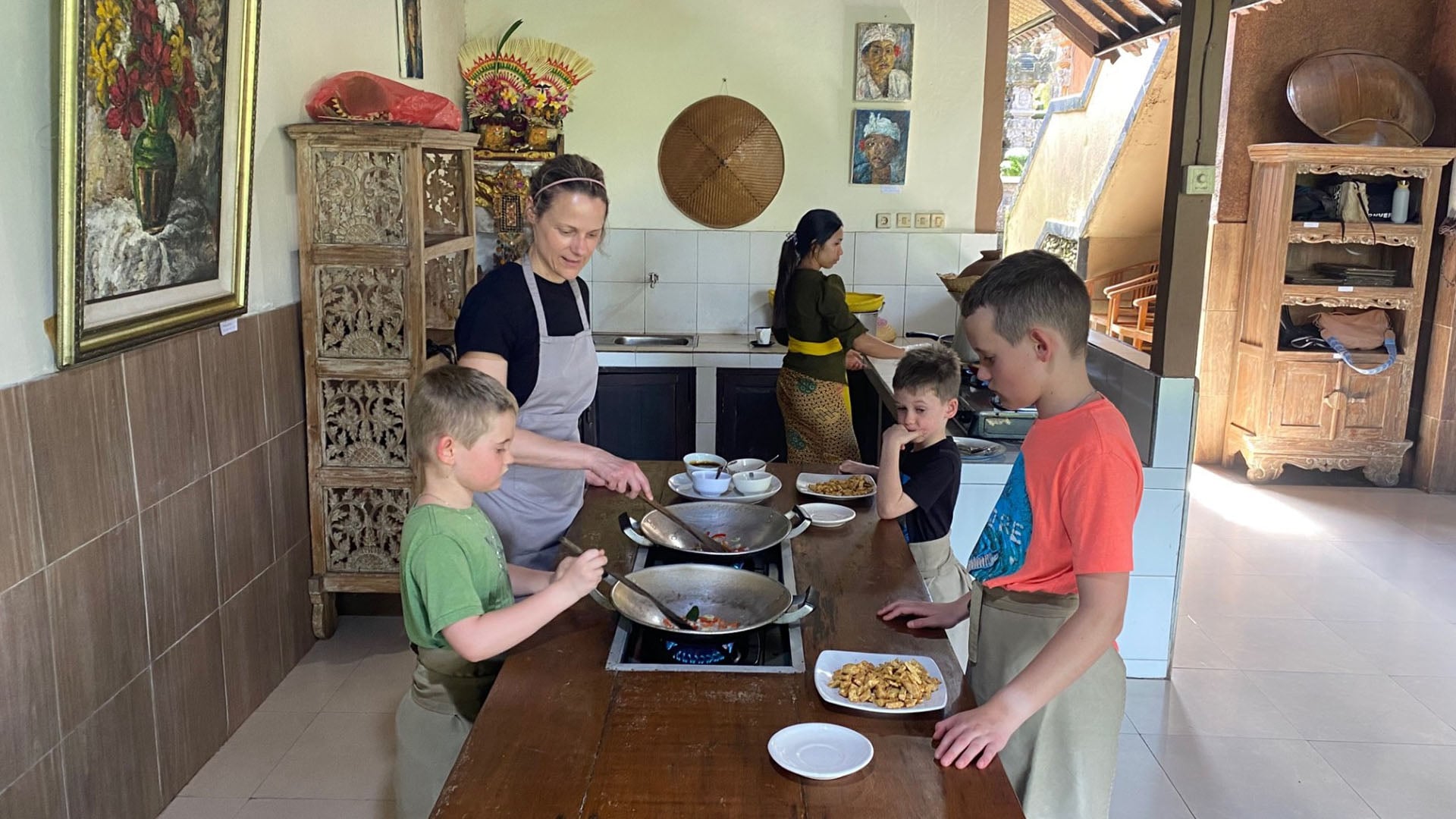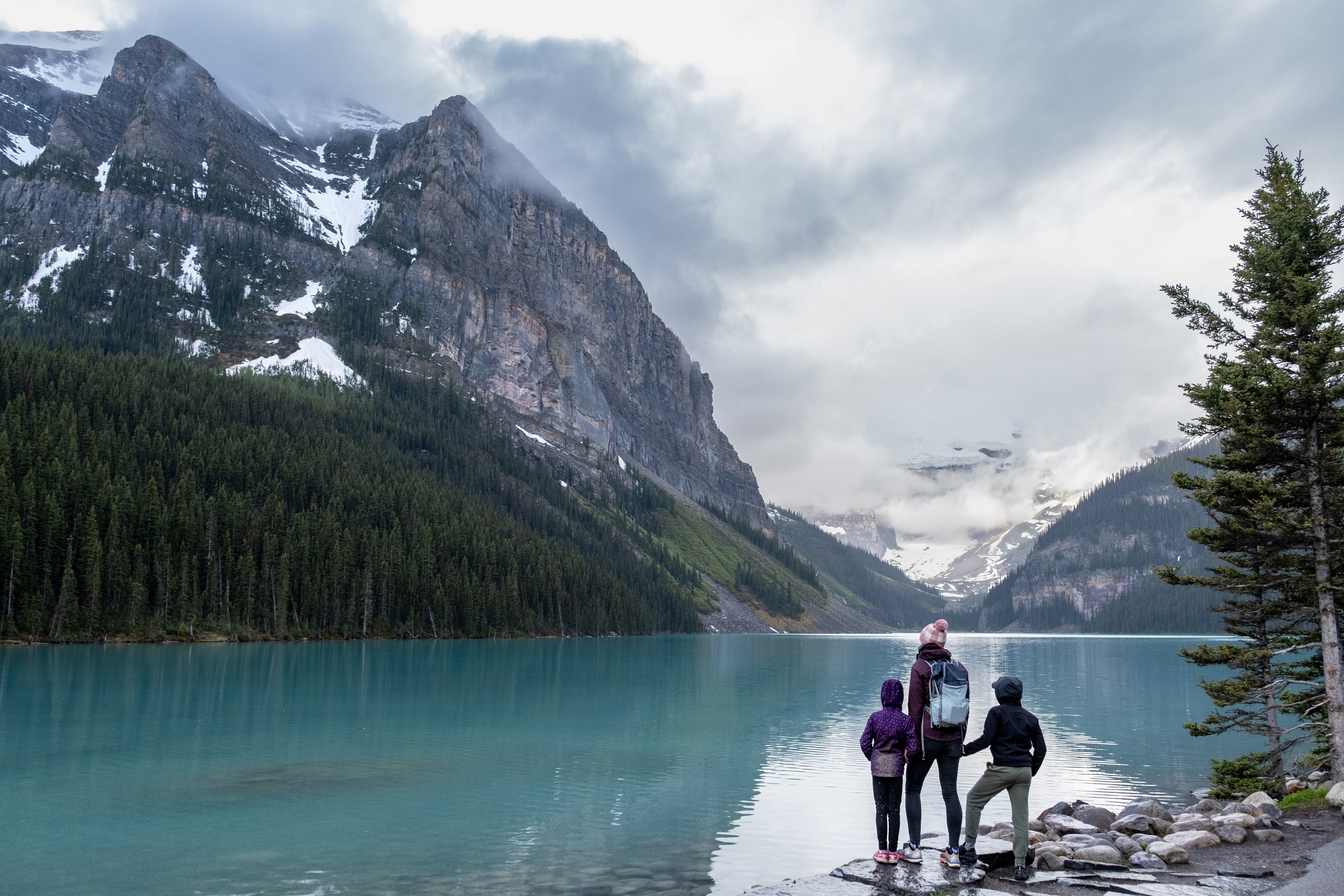Food & Drink
Experience India’s diverse flavors, from street food to gourmet dining.
India is a foodie's paradise, with experiences ranging from mouth-watering street food to elegant dishes at Michelin-starred restaurants. Every state has its own specialties, which may be served to you in your hotel meals. Get more adventurous at local restaurants and street food vendors.
Alcohol consumption is a bit of a taboo subject in India, and some states have banned it. But alcohol flows freely in many big hotels and restaurants. You can enjoy a variety of non-alcoholic drinks, which are both healthy and refreshing. Masala chai, tea infused with aromatic spices and herbs; lassi, a yogurt-based drink that can be sweet or salty; shikanji, a lemonade with ginger, salt, and black pepper; and aam panna, a tangy drink made of raw mangoes, sugar, and spices, all hit the spot.
What is India’s traditional cuisine?
Traditional cuisine varies according to region in India. North Indians prefer flatbread (chapatis and naans) to rice, pairing them with dal and curries. Northern dishes also tend to be milder in spice than their southern counterparts. Recipes from the eastern parts of India are more meat-heavy and use a mix of spices in curries and soups.
West Indian dishes are as varied as they can get, from Mumbai's famous snack, the Vada Pav, to Goa's delectable pork vindaloo, Gujarat's fenugreek-flavoured flatbread thepla, and the rich honey-comb dessert of Rajasthan, the ghewar.
In the southern states, rice is the staple food, served with dal or sambar (thick, spiced lentil soups), and vegetable or meat curries. Rice items vary by taste and colour, with pulao—rice steam cooked with spiced meat or vegetables—a perennial favorite. South Indian menus also feature seafood and coconut-based curries.
What is the dining etiquette in India?
Indians eat with their hands rather than using cutlery. All restaurants, however, provide forks and spoons. If you are touching food, remember to use only your right hand. It’s very common to invite a guest to dinner in India, so don’t be surprised if you score an invite, and arriving within 15 to 20 minutes of the start time is perfectly okay. All food is shared at the same time at an Indian table, so it is very important to never touch communal dishes or serving cutlery with your left hand. Take only what you can eat, and finish what’s on your plate. Indians do not appreciate food waste, and honestly, you’ll want to use your bread to soak up every delicious bite. Thank your host heartily after the meal, and don’t criticize any aspect of it. Allergies are usually respected if clearly communicated. Dining is communal, so don’t leave the table until the most senior people present are finished eating.
What is the drinking etiquette in India?
Many Indians either abstain from alcohol altogether, or drink very little. It’s even banned in a few conservative states, but in more popular tourist spots, nobody will begrudge you a beer, wine, or cocktail to finish the day. Make sure your host drinks before bringing alcohol to dinner or giving it as a gift, however. It’s common when entering an Indian shop or business to be offered a cup of tea (usually chai). Refusing this can be seen as rude, so always say yes, even if you don’t finish it.
Does India cater to dietary restrictions?
The sheer variety of religions and ingredients available in India makes it a haven for those with dietary restrictions of just about any kind. Vegetarians in particular will find an enormous variety of delicious options in India. In fact, it’s not a bad idea to stick to vegetarian dishes on your first day or two, just until your stomach acclimatizes to the local cuisine. To ensure clear communication, consider carrying a card clearly explaining any allergies or restrictions.
What do meals typically cost in India?
Dining in India, from street food to restaurants is extremely affordable for westerners, though of course, the country offers high-end cuisine and experiences for those who’d like to splurge. A hearty local meal in Delhi should cost around USD $5, while USD $25 should buy you a nice dinner for two. Outside the big cities (and away from tourist attractions), you can easily cut that budget in half.
Travel Stories
Get inspired about Your Trip to India
Unlock more by subscribing to our newsletter
With our newsletter, you’ll get access to regular communications that inspire you and help you explore the world your way



